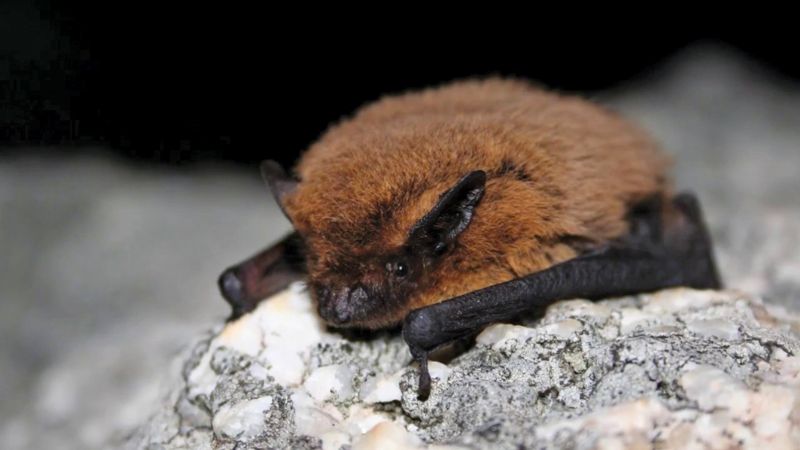- Home
- News, Articles & Reviews
We are hiring! Please click here to join our growing magazine delivery team in Gloucestershire!
Areas
Pets & Wildlife
Archive

Nocturnal flight of the bat
All Areas > Pets & Wildlife > Wildlife Matters
Author: Maxine Raggatt, Posted: Tuesday, 25th September 2018, 09:00
As dusk rolls in, between April and September, my family and I have the privilege of watching a tiny little bat flit around the perimeter of our house. I am pretty sure it is a pipistrelle bat, the smallest and most common of 18 species in Britain, typically weighing around 5 grams.
The head and body length of pipistrelles is 4-5cm, and their wingspan measures approximately 23cm. They vary in colour from orange to grey tones and have a dark muzzle and ears. Their flight is exceptionally jerky and fast, so you have to be quick to spot them.
Bats can be spotted flying around woodlands, parks and gardens
Bats tend to roost in trees, buildings and bat boxes, and can often be spotted flying around woodlands, wetlands, parks, gardens and farms. They like grassy areas surrounded by trees and can be seen swooping low over the water.
Female pipistrelle bats form maternity colonies. They are pregnant for six to nine weeks then give birth to a single pup in June or early July. For up to four weeks the pup will feed only on its mother’s milk, and by this time the pup can fly. At six weeks the pup can forage for itself, filling up on small flying insects. The average lifespan of these tiny mammals is 4-5 years; however, the longest living pipistrelle recorded lived for 11 years.
Bats communicate through echolocation to help them hunt in the dark, as they are nocturnal creatures. They do this by emitting a sound wave which will bounce back off an object with a returning echo. By doing this they can locate what is in front of them to avoid any accidents and to aid in catching their prey. Only a few echolocation calls can be heard by humans depending on the species, as the frequency of the call is too high.
Bats hibernate in the winter, either alone or in small colonies. They do not make their roosts, so they use whatever is readily available such as crevices in walls or holes in wood and trees. They can often be found hibernating in loft spaces in old and new homes, but this is no cause for concern as bats don’t nibble through wood or wires so won’t cause any damage. They are in fact well groomed, clean animals that will not bring in any bedding or insect prey. The best thing to do is cover any stored items with a dust sheet and leave them well alone.
If you have any little visitors roosting in your loft, leave them be
Bats and their roosts are protected by law, so if you do have any of the little visitors roosting in your loft, you must leave them be. Waking them from hibernation can use up their valuable store of fat to get them through the winter. If you do need any loft repairs doing then be sure to contact the right authorities for advice, so the bats aren’t harmed.
As the days grow shorter, the only bats you will see for a while will be hanging in windows for Halloween. However, If you’re lucky enough, you may catch one last glimpse of them for real before the cold sets in.Copyright © 2024 The Local Answer Limited.
Unauthorized use and/or duplication of this material without express and written permission from this site's author and/or owner is strictly prohibited. Excerpts and links may be used, provided that full and clear credit is given to The Local Answer Limited and thelocalanswer.co.uk with appropriate and specific direction to the original content.More articles you may be interested in...


© 2024 The Local Answer Limited - Registered in England and Wales - Company No. 06929408
Unit H, Churchill Industrial Estate, Churchill Road, Leckhampton, Cheltenham, GL53 7EG - VAT Registration No. 975613000You are leaving the TLA website...
You are now leaving the TLA website and are going to a website that is not operated by us. The Local Answer are not responsible for the content or availability of linked sites, and cannot accept liability if the linked site has been compromised and contains unsuitable images or other content. If you wish to proceed, please click the "Continue" button below:




